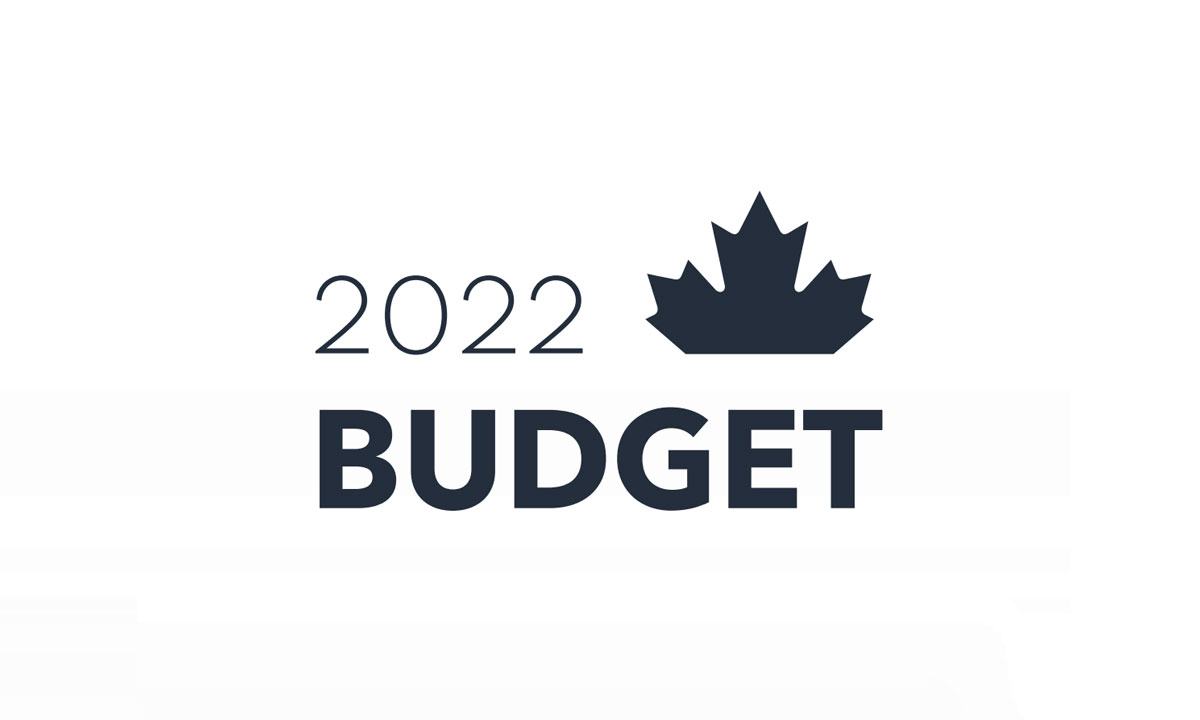
There is some good news for dealers in the federal budget that was released on April 7 by Chrystia Freeland, Deputy Prime Minister and Minister of Finance, which includes important measures on moving zero-emission vehicles (ZEVs) forward.
Some of these measures in Budget 2022: A Plan to Grow Our Economy and Make Life More Affordable include more than $3 billion in funding to make ZEVs more affordable, while aiming to build a national network of charging stations and investment in priority critical mineral deposits.
“Our plan is responsible and considered, and it is going to mean more homes and good-paying jobs for Canadians; cleaner air and cleaner water for our children; and a stronger and more resilient economy for years to come,” said Freeland in a government news release.
Some good news
The report, which spans more than 300 pages, mentions extending the Incentives for Zero-Emission Vehicles (iZEV) program until March 2025 by providing $1.7 billion over five years to Transport Canada. The federal government also aims to broaden eligibility under the program so consumers can buy more vehicles—including more vans, trucks, and SUVs—to make ZEVs more affordable.
The budget also indicates that the Canada Infrastructure Bank will invest $500 million in large-scale urban and commercial ZEV charging and refuelling infrastructure. And the federal government aims to provide $400 million over five years to Natural Resources Canada to fund more ZEV charging stations in sub-urban and remote communities. This would be done through the Zero-Emission Vehicle Infrastructure Program (ZEVIP).
Also worth noting is a proposal to provide $547.5 million over four years to Transport Canada to introduce a new purchase incentive program for medium- and heavy-duty ZEVs, which would also benefit fleet owners.
Another $199.6 million over five years would be provided to Natural Resources Canada (along with an ongoing $0.4 million) to help decarbonize vehicles already on the road. This would be done by expanding the Green Freight Assessment Program, which will be renamed Green Freight Program and is meant to support assessments and retrofits of more vehicles and a broader range of fleet and vehicle types.
On critical minerals, the federal government aims to develop a domestic ZEV value chain, which includes batteries, permanent magnets, and other electric vehicle components. One of the measures proposed in the budget is to provide up to $1.5 billion over seven years towards infrastructure investments around the development of critical mineral supply chains.
The downside
Dealers may be less enthusiastic by the federal government’s plans to introduce a sales mandate to ensure that at least 20 per cent of new light-duty vehicle sales in Canada will be ZEVs by 2026, along with 60 per cent by 2030 and 100 per cent by 2035. The Canadian Automobile Dealers Association (CADA) suggested the government implement certain key elements to help it reach its ZEV goals—some of which is reflected in the budget. More information on CADA’s suggestions are available here.
Finally, it appears the government plans to move ahead with a luxury tax on new luxury cars with a retail sales price over $100,000. The tax was supposed to be implemented in January.
“The tax would be calculated at the lesser of 20 per cent of the value above these price thresholds or 10 per cent of the full value of the luxury vehicle, aircraft or vessel,” said the government in its report. “On March 11, 2022, the Department of Finance Canada launched a public consultation on draft legislative proposals to implement the proposed tax framework.”
Subject to Parliamentary approval, the luxury tax is anticipated to come into effect on September 1, 2022.
The full budget report is available here.











